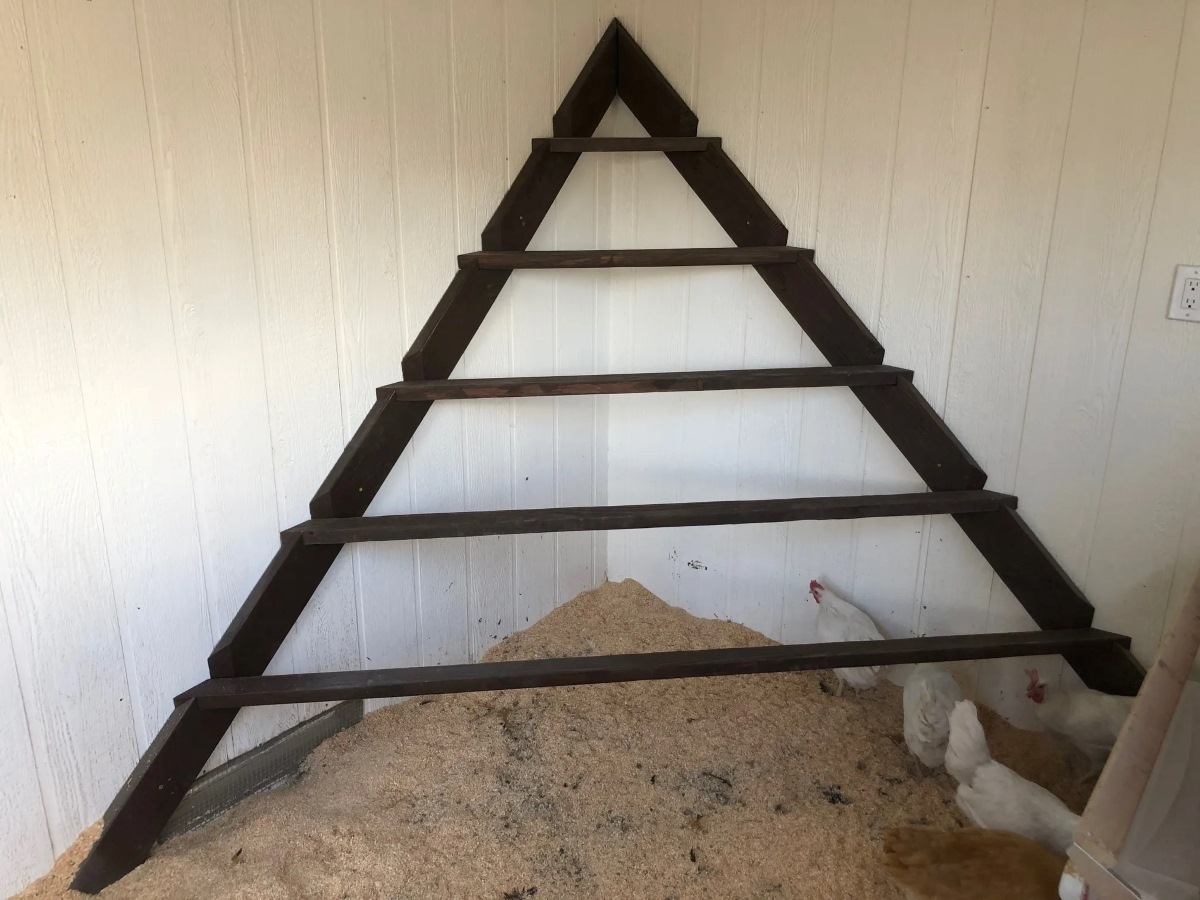

Articles
How To Build A Chicken Ladder
Modified: February 17, 2024
Learn how to build a sturdy and functional chicken ladder with our step-by-step guide. Articles on DIY chicken coop accessories and more available.
(Many of the links in this article redirect to a specific reviewed product. Your purchase of these products through affiliate links helps to generate commission for Storables.com, at no extra cost. Learn more)
Introduction
Building a chicken ladder is an essential project for any backyard chicken owner. A chicken ladder provides your feathered friends with a safe and easy way to access elevated areas such as roosting bars or nesting boxes. Not only does it make life easier for your chickens, but it also helps preserve the integrity of their feathers and reduces the risk of injury from jumping. In this article, we will guide you step by step on how to build a chicken ladder that is sturdy, functional, and aesthetically pleasing.
Before we dive into the building process, let’s talk about the materials you’ll need to construct a chicken ladder. It’s important to use durable and weather-resistant materials to ensure the ladder withstands the elements and remains safe for your chickens to use. Here’s a list of the materials you’ll need:
- Pressure-treated lumber
- Wood screws
- Drill
- Saw
- Measuring tape
- Sandpaper
- Paint or sealant (optional)
Now that you have the necessary materials, let’s move on to the step-by-step process of building a chicken ladder.
Key Takeaways:
- Building a chicken ladder enhances the well-being of your feathered friends by providing safe and easy access to elevated areas, reducing the risk of injury and feather damage from jumping.
- Personalize your chicken ladder with various finishes and colors to not only serve a practical purpose but also add an aesthetically pleasing touch to your chicken coop, creating a rewarding and enjoyable DIY project.
Read more: How To Build Ladder
Materials Needed
Before you start building your chicken ladder, it’s important to gather all the necessary materials. Here’s a list of what you’ll need:
- Pressure-treated lumber: This is essential as it is resistant to rot and moisture, making it perfect for outdoor use. Choose a sturdy and durable piece of lumber that is at least 2×4 inches in dimension.
- Wood screws: You’ll need these to secure the different components of the ladder together. Make sure to choose screws that are designed for outdoor use to prevent rusting.
- Drill: A drill is essential for creating pilot holes and screwing in the wood screws. Make sure you have a drill bit that matches the size of your screws.
- Saw: You’ll need a saw to cut the lumber into the desired lengths for the ladder rungs and side rails. A circular saw or a handsaw should do the job.
- Measuring tape: To ensure precision in your cuts and measurements, a measuring tape is essential. It will help you determine the length and width of the ladder components.
- Sandpaper: To achieve a smooth and splinter-free finish, sandpaper is necessary. Use medium-grit sandpaper to remove any rough edges or splinters from the lumber.
- Paint or sealant (optional): While not essential, you may choose to paint or apply a weather-resistant sealant to the chicken ladder for added durability and aesthetic appeal.
Now that you have all the necessary materials, you’re ready to start building your chicken ladder. Make sure to have a well-ventilated workspace and all necessary safety equipment before proceeding to the next steps.
Step 1: Measuring and Planning
The first step in building a chicken ladder is to measure and plan the dimensions of the ladder. Start by determining the height at which you want the ladder to be installed, keeping in mind the height of any elevated areas that you want your chickens to access.
Once you have the desired height, measure and mark the length of the ladder rungs. These rungs are the horizontal bars that your chickens will use to climb up and down the ladder. The standard width for a chicken ladder rung is around 4 to 6 inches, but you can adjust this based on the size of your chickens.
Next, measure and cut the side rails of the ladder. These rails will provide the vertical support for the rungs. The length of the side rails should be based on the overall height of the ladder, which you determined earlier. Make sure to leave enough space at the top and bottom for attaching the ladder to the coop or structure.
Once you have all the measurements, double-check them to ensure accuracy. Planning is crucial in this step to ensure that the ladder fits properly in your desired location and meets the needs of your chickens.
It’s also important to consider the number of rungs you’ll need for your ladder. This will depend on the height and spacing between each rung. Generally, aim for a spacing of 8 to 12 inches between each rung, allowing enough room for your chickens to comfortably climb.
Once you have all your measurements and plans in place, you’re ready to move on to the next step: cutting the ladder rungs.
Step 2: Cutting the Ladder Rungs
With your measurements and plans in hand, it’s time to proceed with cutting the ladder rungs. Remember, these are the horizontal bars that your chickens will step on to climb up and down the ladder.
Start by marking the desired length for each ladder rung on your pressure-treated lumber. Use your measuring tape and a pencil to ensure precise measurements. Take into account the spacing between the rungs that you determined in the planning stage.
Once the rung lengths are marked, it’s time to cut them. Use a saw that is appropriate for the size and thickness of your lumber. A circular saw is generally the most efficient option, but a handsaw can also be used with a bit more effort. Ensure that you make straight and clean cuts, as this will affect the stability and safety of the ladder.
After cutting each rung, use sandpaper to smooth any rough edges and splinters. This will prevent potential injuries to your chickens’ feet and ensure a more comfortable climbing experience.
Repeat the cutting process for each rung, taking care to maintain consistency in length and quality of cuts. Double-check your measurements along the way to ensure accuracy and avoid any issues during the assembly stage.
Once all the ladder rungs are cut and smoothed, you’re ready to move on to the next step: preparing the side rails.
Step 3: Preparing the Side Rails
Now that you have the ladder rungs cut and smoothed, it’s time to focus on preparing the side rails. These vertical pieces will provide the support for the ladder and hold the rungs in place.
Start by taking your pressure-treated lumber and measuring the desired length for the side rails. Ensure that the length matches the height of your ladder, as determined in the planning stage. Use a measuring tape and pencil to mark the measurements on the lumber.
Once you have the length marked, use a saw to cut the side rails. It’s important to make clean, straight cuts for stability and safety.
With the side rails cut, you may choose to enhance the aesthetic appeal of your ladder by adding decorative notches or designs to the top or bottom ends of the rails. This step is optional but can give your ladder a unique and personalized touch.
After cutting and customizing the side rails, use sandpaper to smooth any rough edges and create a clean surface. This will help prevent any splinters or injuries to your chickens as they climb up and down the ladder.
Once the side rails are cut, customized, and smoothed, you’re now ready to move on to the next step: attaching the ladder rungs to the side rails.
When building a chicken ladder, make sure to use sturdy and weather-resistant materials such as pressure-treated wood or galvanized metal to ensure durability and safety for your chickens.
Read more: How To Build Wooden Ladder
Step 4: Attaching the Rungs to the Side Rails
With the ladder rungs and side rails prepared, it’s time to assemble the chicken ladder by attaching the rungs to the side rails.
Start by placing one of the side rails on a flat, stable surface. Position it vertically with the marked side facing up. You can use clamps to secure it in place if needed.
Next, take one of the ladder rungs and align it horizontally with the desired spacing on the side rail. Make sure the rung is level and flush against the side rail. Once properly positioned, use wood screws to secure the rung to the side rail. Drill pilot holes first to prevent splitting the wood and then screw in the screws.
Continue the process of attaching the ladder rungs to the side rail, spacing them evenly according to your previously determined measurements. Ensure each rung is level and securely attached using wood screws.
Once all the ladder rungs are attached to one side rail, repeat the process with the second side rail. Make sure to align the rungs on both side rails so that they are at the same height and spacing.
Double-check the stability of the ladder by gently shaking it to ensure all the rungs are firmly attached to the side rails. Make any necessary adjustments or reinforcements to improve stability.
Once you’re satisfied with the ladder’s stability and the attachment of the rungs to the side rails, you’re ready to move on to the next step: adding support braces.
Step 5: Adding Support Braces
Adding support braces to your chicken ladder will provide additional stability and reinforcement. These braces will ensure that the ladder remains secure and can safely support the weight of your chickens.
Start by measuring the distance between the two side rails of the chicken ladder. This will determine the length of the support braces you’ll need. To ensure optimal stability, aim for a diagonal brace that reaches from the bottom of one side rail to the top of the opposite side rail.
Once you have determined the length of the support brace, mark it on a piece of pressure-treated lumber. Use a saw to cut the brace to the desired length, ensuring a clean and straight cut.
Before attaching the support brace, it’s important to position it correctly. Place it diagonally from the bottom of one side rail to the top of the opposite side rail. This diagonal position provides the most structural stability.
Once the support brace is positioned correctly, use wood screws to attach it securely to both side rails. Again, make sure to drill pilot holes beforehand to prevent splitting the wood. Screw in the screws tightly to ensure a strong connection.
Repeat this process for additional support braces. Depending on the length and height of your ladder, you may require multiple support braces to ensure optimal stability and safety.
After attaching the support braces, give the ladder a gentle shake to test its stability. If you notice any wobbling or instability, reinforce the connections or add additional braces as needed.
With the support braces securely in place, you can now move on to the next step: sanding and finishing the ladder.
Step 6: Sanding and Finishing
After assembling the chicken ladder and adding support braces, it’s time to sand and finish the ladder to ensure a smooth and polished final product. Sanding and finishing not only improve the ladder’s appearance but also make it safer for your chickens to use.
Start by using sandpaper to sand down any rough edges, splinters, and uneven surfaces. Focus on the ladder rungs and side rails, ensuring all surfaces are smooth to prevent any potential injuries to your chickens’ feet.
Use medium-grit sandpaper to begin, and then switch to finer-grit sandpaper for a smoother finish. Sand in the direction of the wood grain to achieve the best results. Don’t forget to pay attention to the edges and corners of the ladder as well.
Once you have sanded the ladder thoroughly, wipe away any sanding dust with a clean cloth or brush. This will prepare the surface for the finishing step.
If desired, you can apply a coat of paint or wood sealant to protect the ladder from weathering and enhance its longevity. Choose a non-toxic paint or sealant that is suitable for outdoor use. Apply the paint or sealant according to the manufacturer’s instructions, evenly covering all surfaces of the ladder.
Allow the paint or sealant to dry completely before installing the ladder in your chicken coop or designated area. This drying process may take several hours or even days, so be patient and ensure the ladder is fully dry before use.
Inspect the ladder before installing it, ensuring that all connections are secure and there are no sharp edges or protruding screws. Check for any remaining rough areas or splinters, and sand them down if necessary.
Once you are satisfied with the ladder’s finish and safety, it’s time to install it in your chicken coop or desired location. Secure it firmly, ensuring it is stable and can support the weight of your chickens.
Congratulations! You have successfully built a chicken ladder that is functional, sturdy, and safe for your feathered friends. Your chickens will now have easy access to elevated areas, promoting their well-being and reducing the risk of injury. Enjoy watching your chickens climb and explore their newfound ladder!
Remember to regularly inspect and maintain the ladder, replacing any worn or damaged components as needed to ensure continued safety.
Happy chicken-raising!
Conclusion
Congratulations on completing the construction of your very own chicken ladder! By following the step-by-step instructions in this guide, you have created a functional, sturdy, and safe ladder that will provide your chickens with easy access to elevated areas in their coop or run.
Building a chicken ladder not only enhances the overall well-being of your chickens but also prevents potential injuries and feather damage that may occur from jumping or climbing onto high roosts or nesting boxes. With the ladder in place, your chickens can now navigate their environment with ease and comfort.
Throughout the construction process, you learned the importance of accurate measuring and planning, cutting precise ladder rungs, preparing sturdy side rails, attaching the rungs securely, adding support braces, and finally, sanding and finishing the ladder to ensure smoothness and safety.
It’s worth mentioning that while the ladder serves a practical purpose, it can also be an aesthetically pleasing addition to the chicken coop. Feel free to personalize your ladder with various finishes, colors, or even decorative elements that reflect your individual style and creativity.
Remember to regularly inspect and maintain the ladder, ensuring that all connections remain secure and that the ladder remains in good condition. Regular cleaning and upkeep will contribute to the ladder’s longevity and the continued safety of your chickens.
Building a chicken ladder can be a rewarding and enjoyable project. Not only does it provide an interesting DIY experience, but it also benefits your chickens by improving their accessibility and well-being.
Now, sit back, observe, and delight in watching your chickens confidently navigate their way up and down the ladder, showcasing their natural agility and curiosity!
Thank you for joining us on this journey of building a chicken ladder. We hope this guide has been helpful, and we wish you and your feathered companions many happy adventures together!
Frequently Asked Questions about How To Build A Chicken Ladder
Was this page helpful?
At Storables.com, we guarantee accurate and reliable information. Our content, validated by Expert Board Contributors, is crafted following stringent Editorial Policies. We're committed to providing you with well-researched, expert-backed insights for all your informational needs.

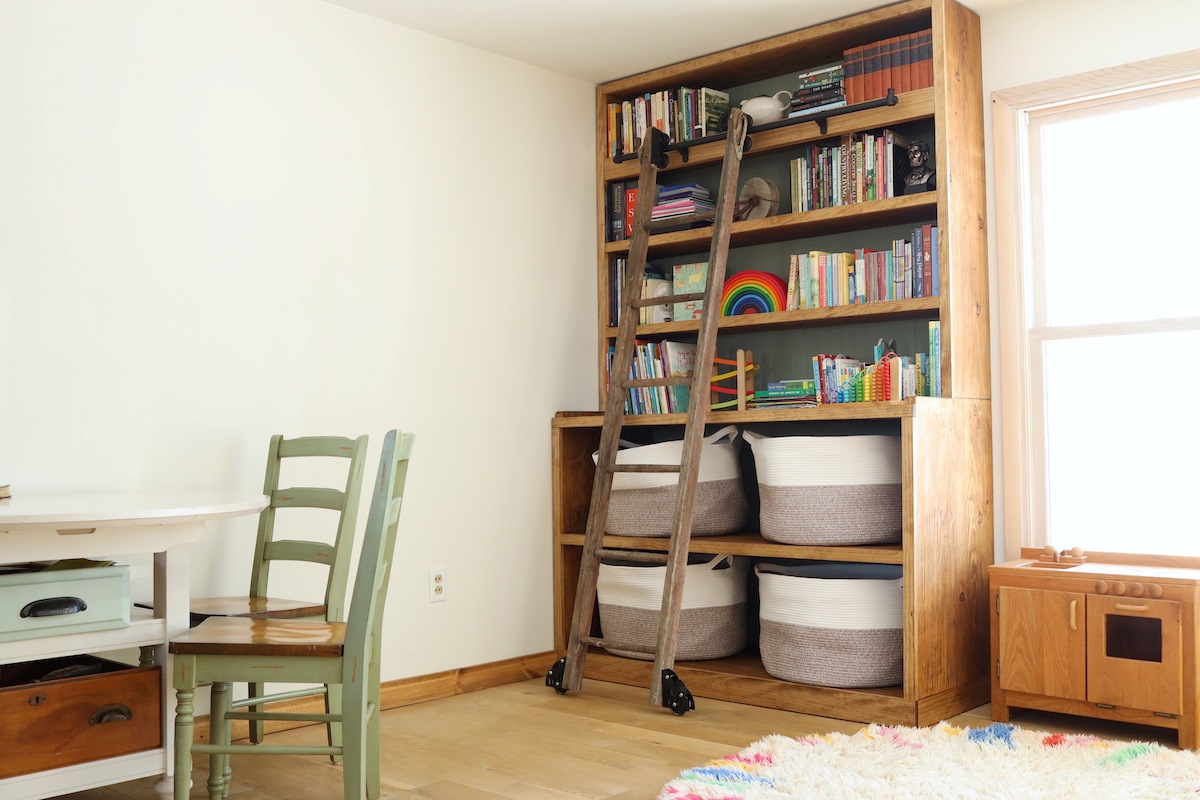
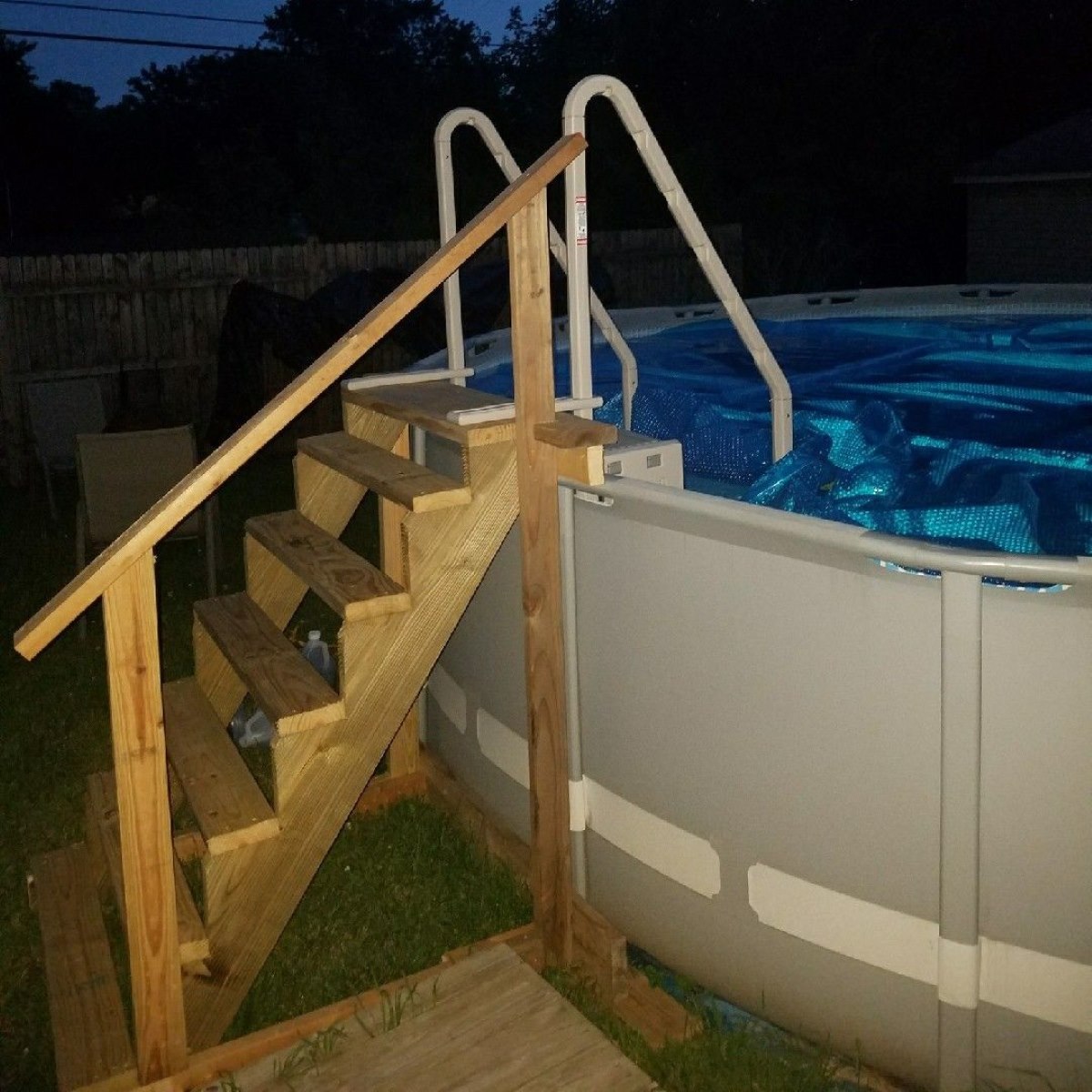
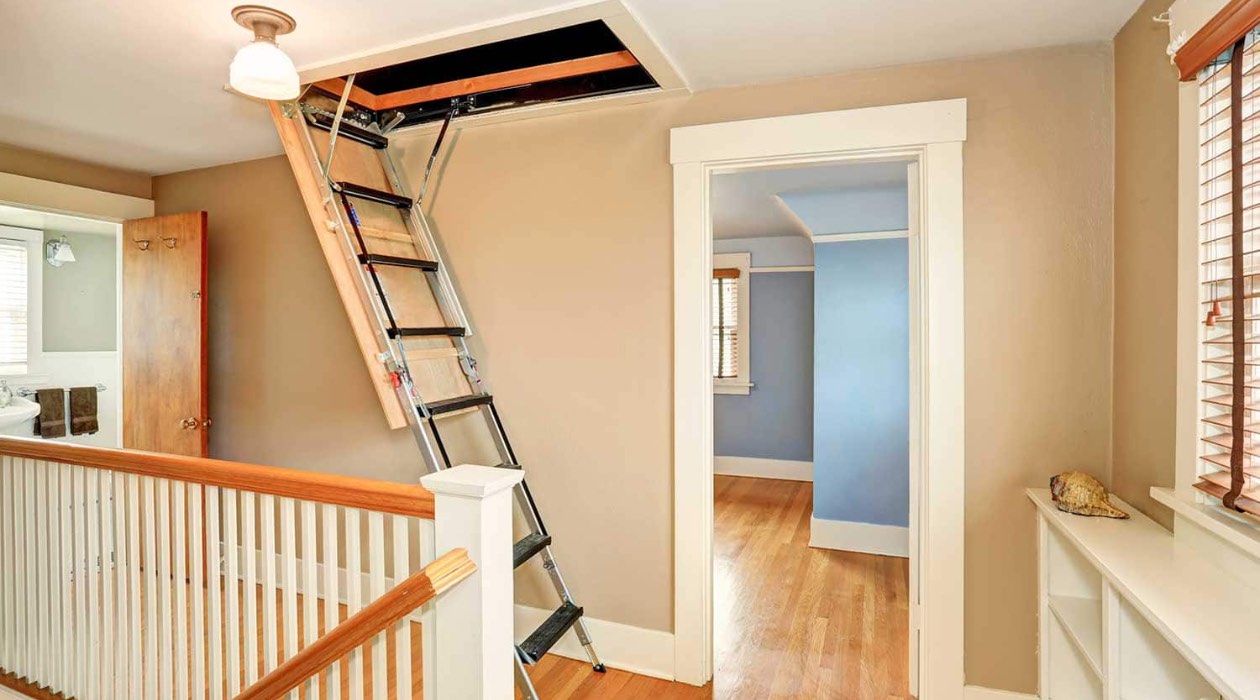
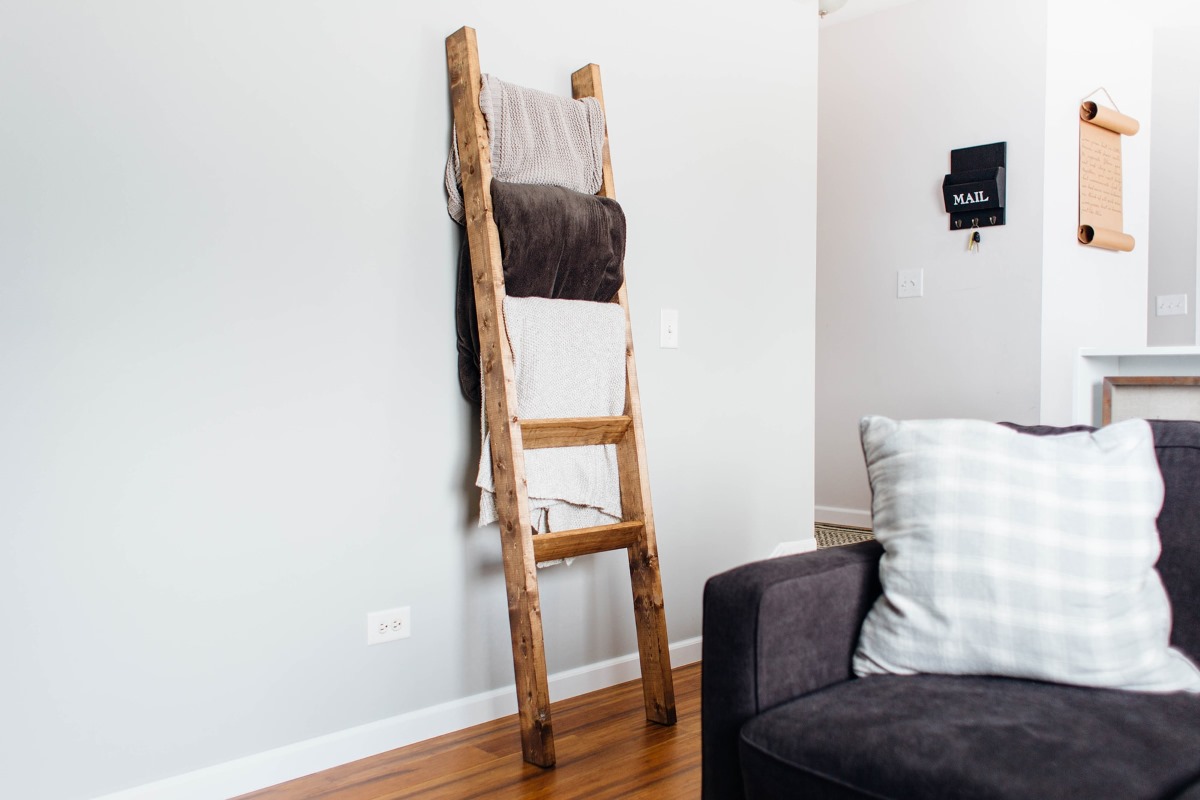
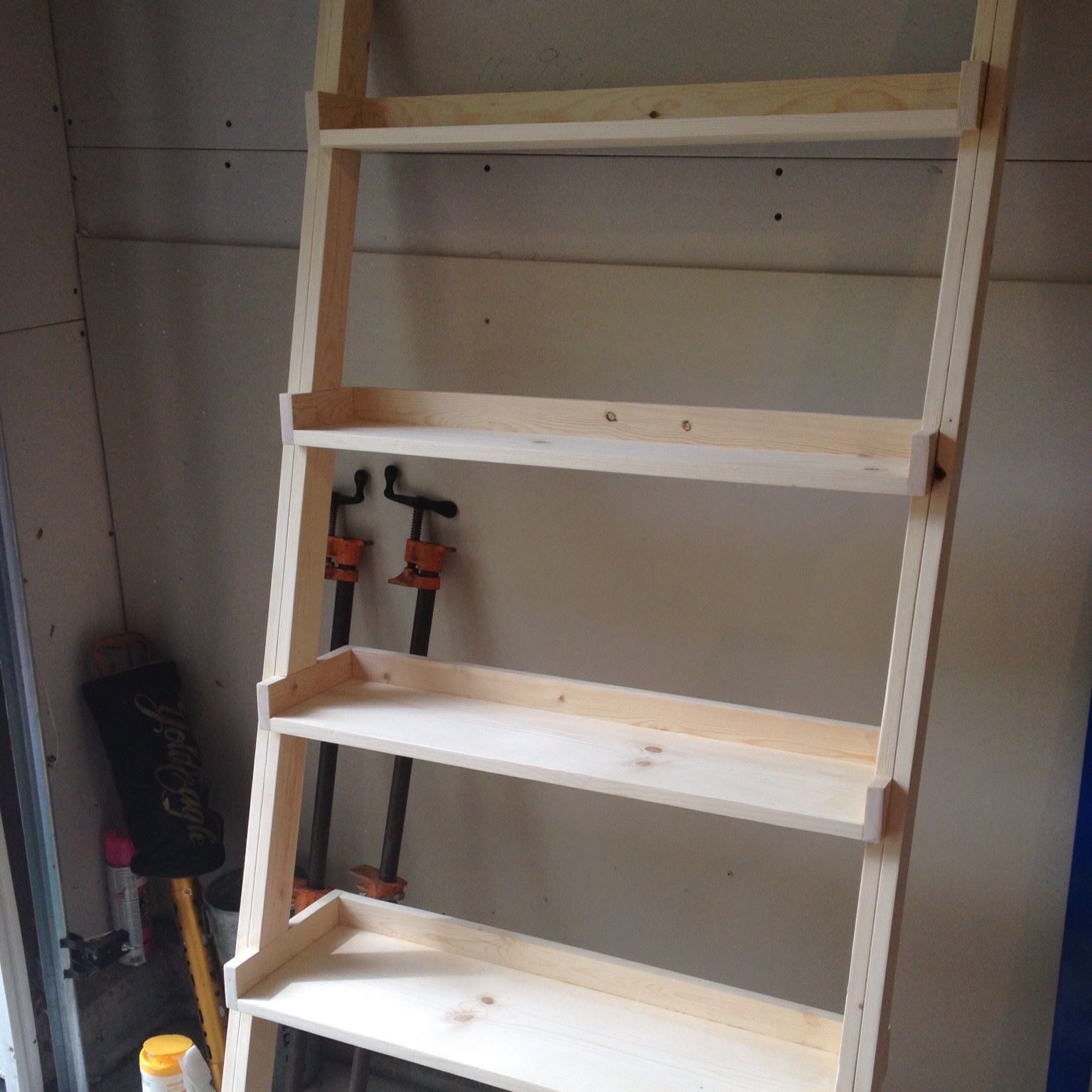
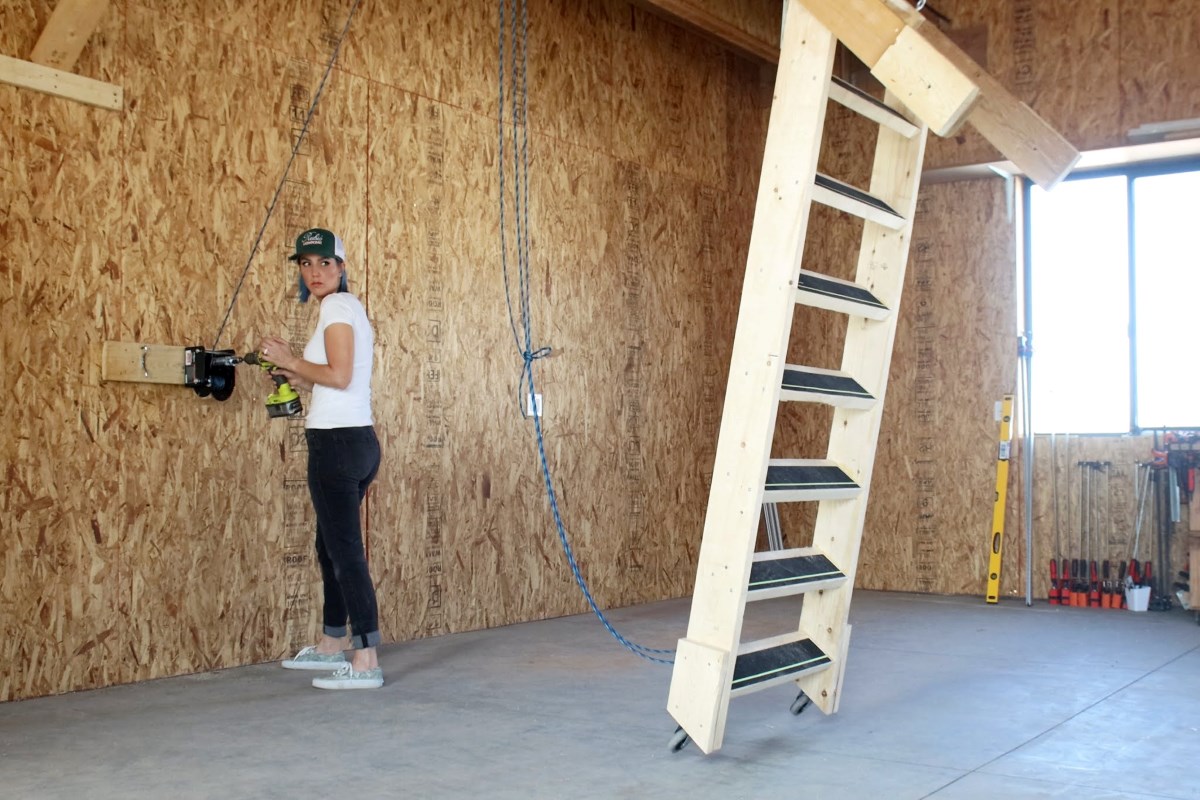
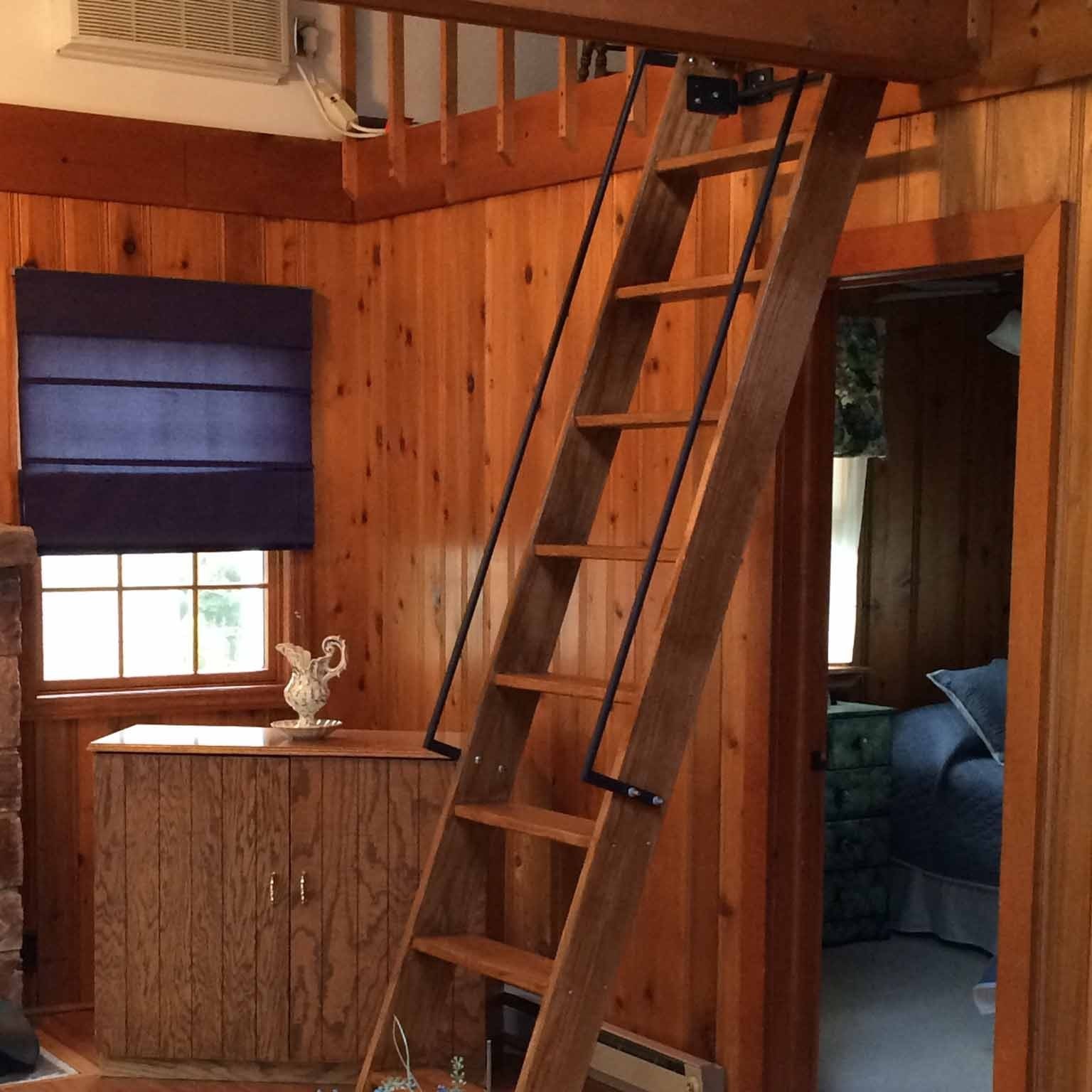
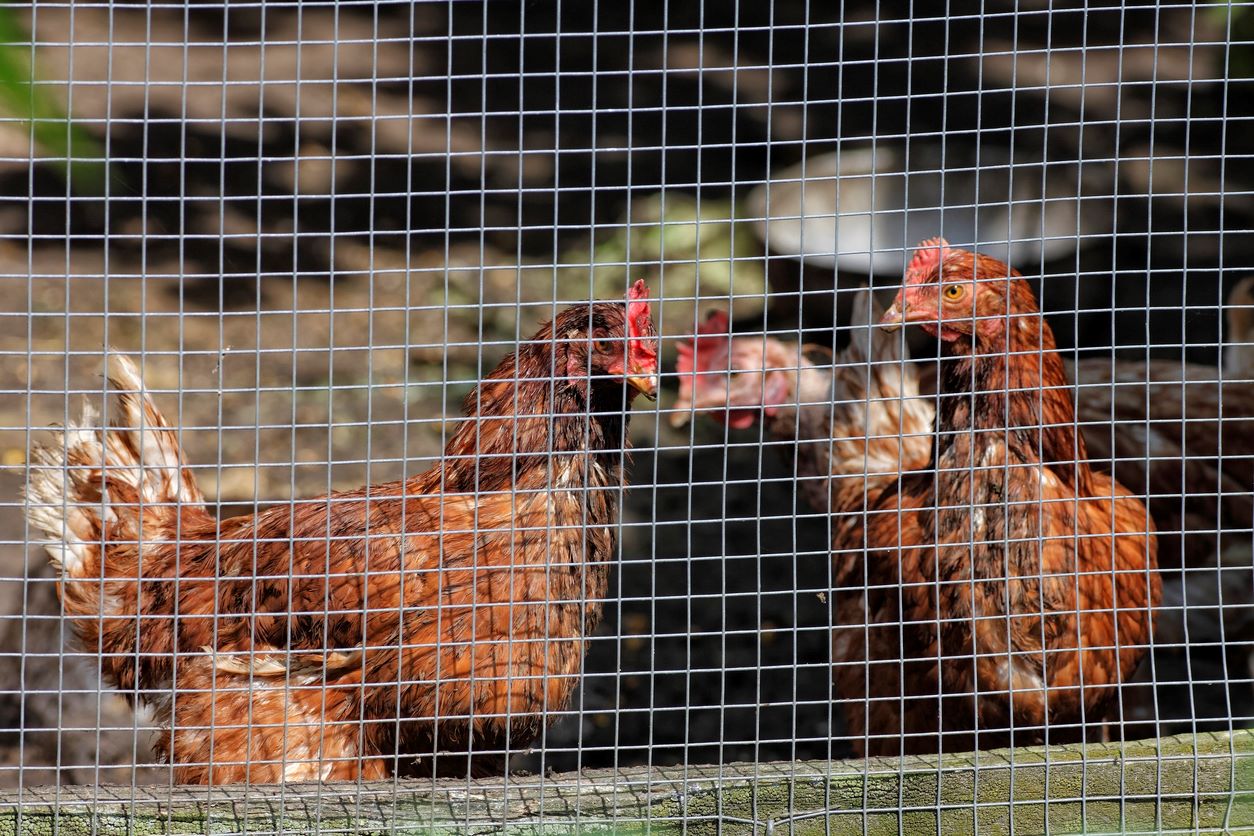
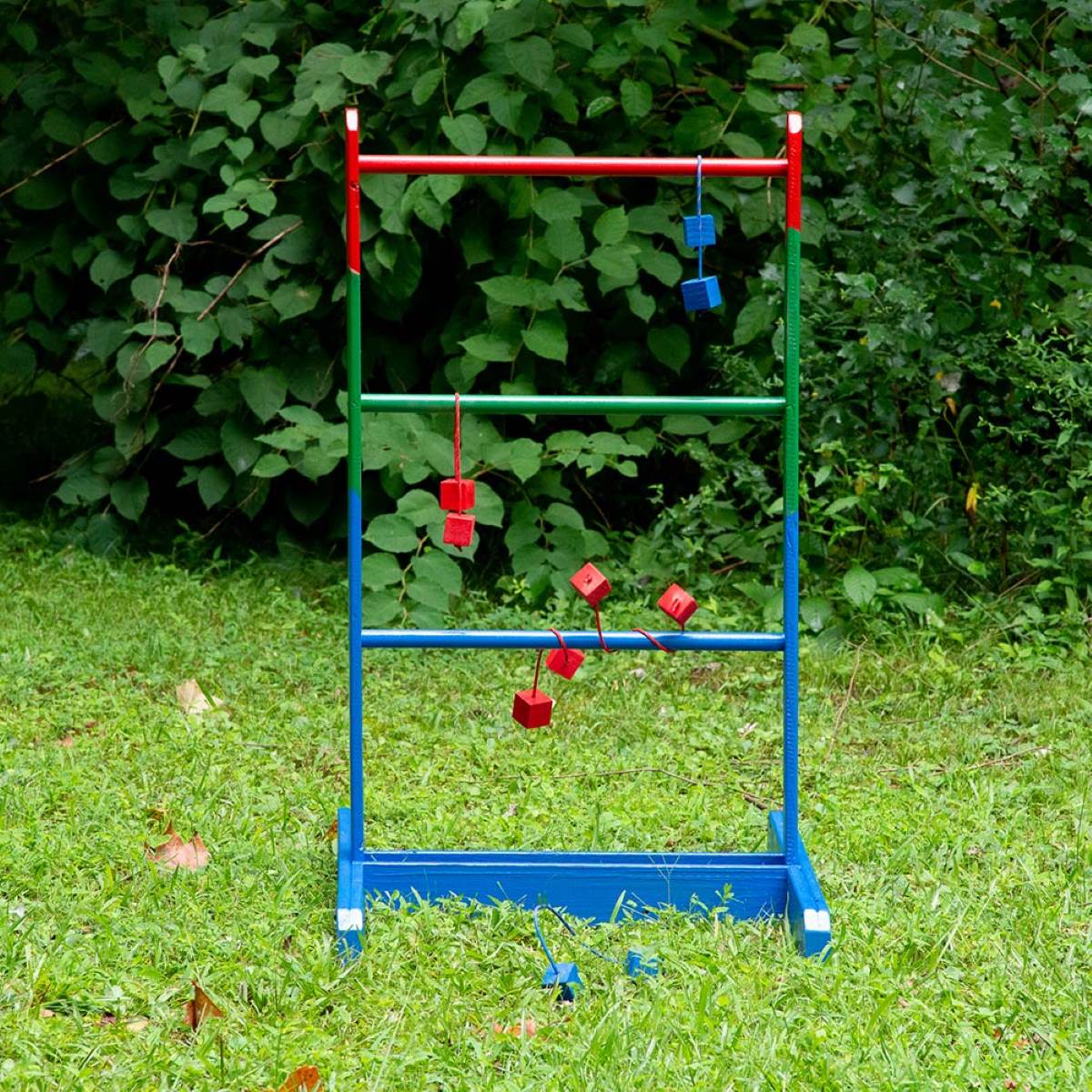
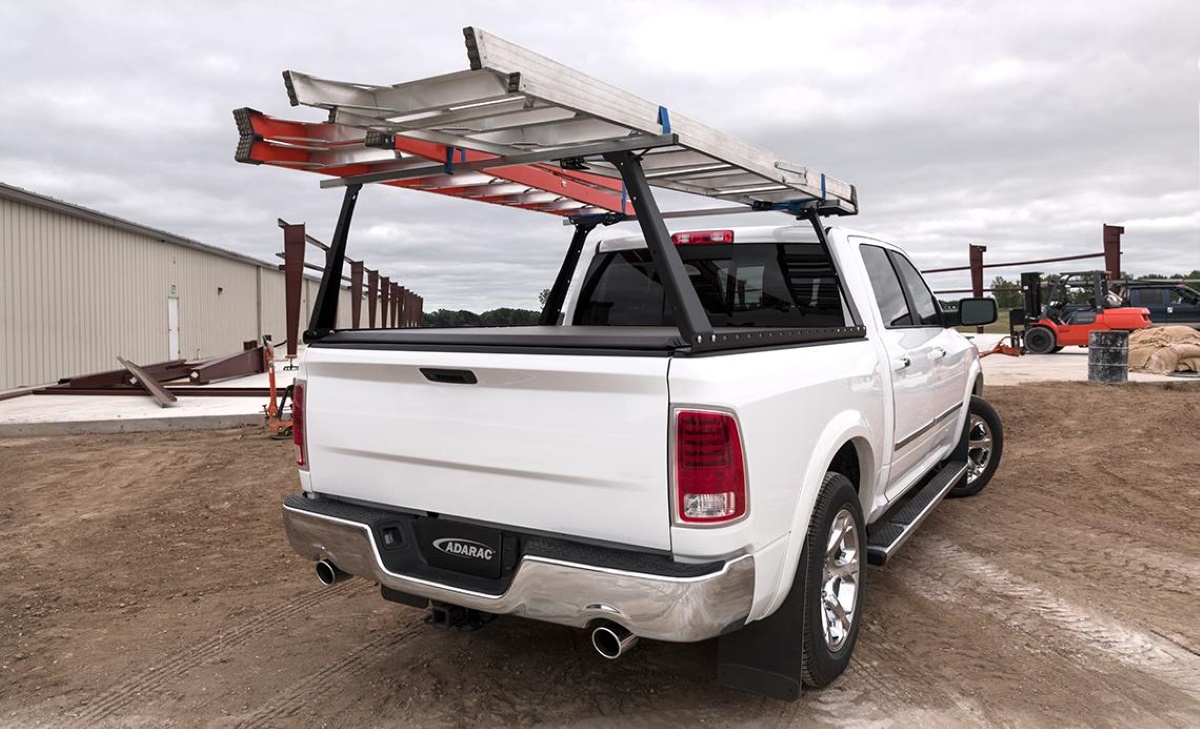
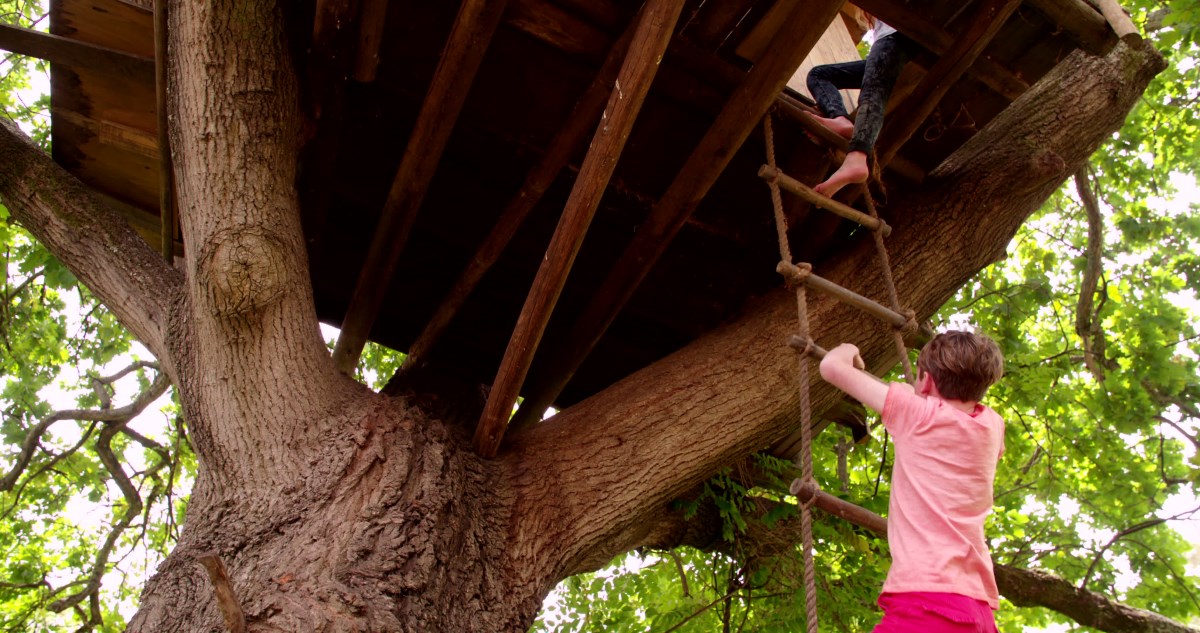
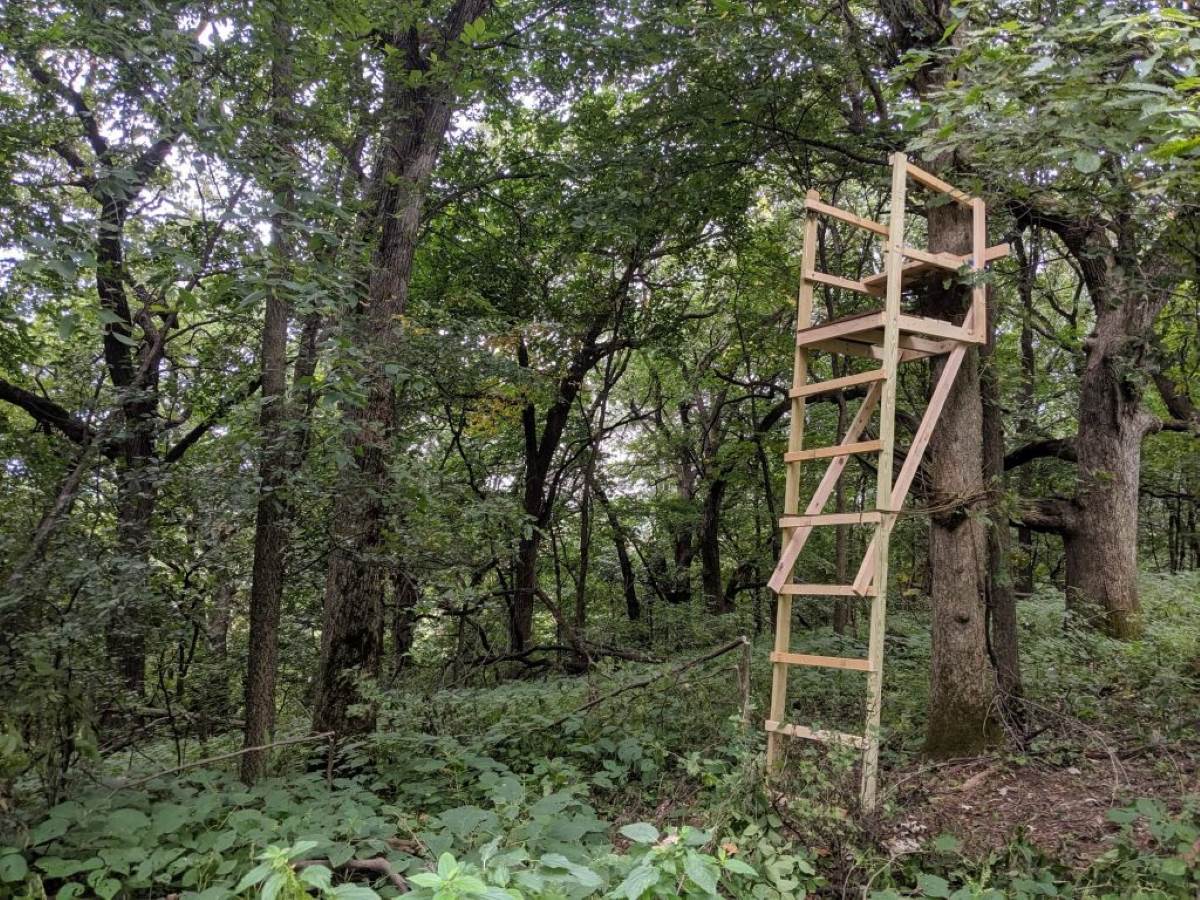
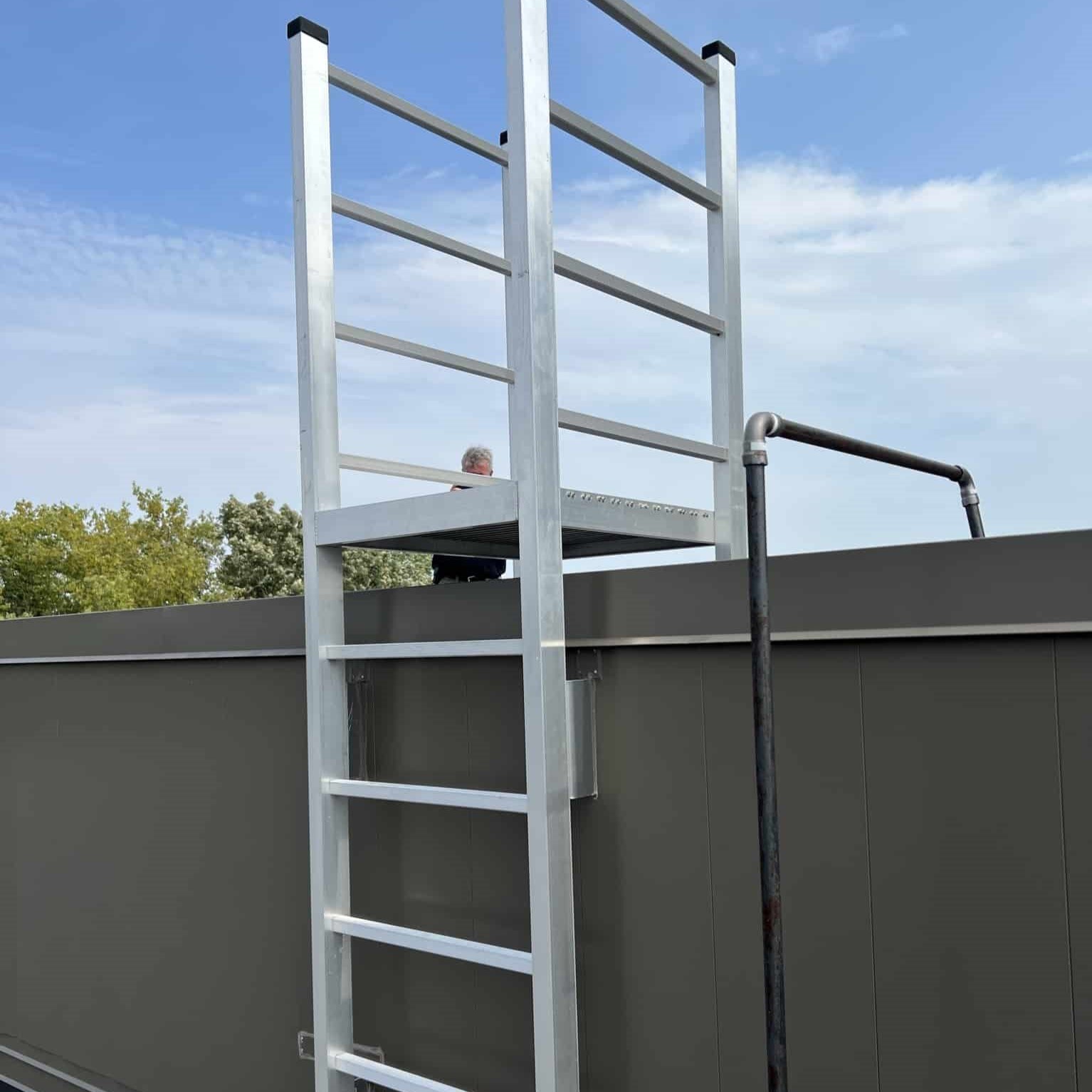

0 thoughts on “How To Build A Chicken Ladder”